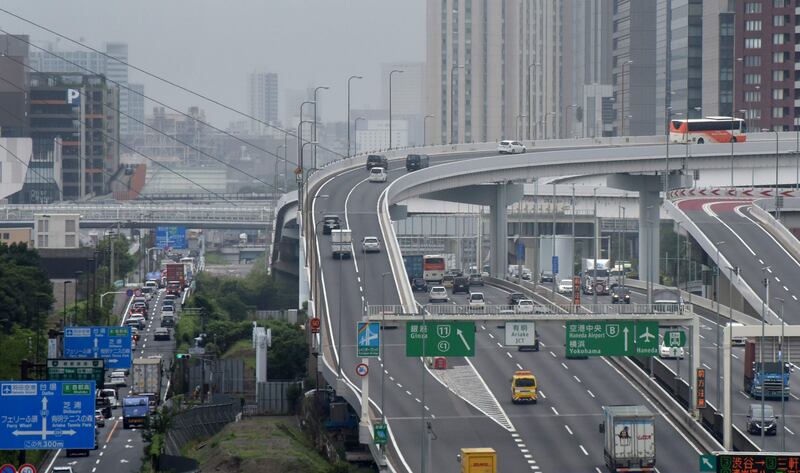Japan’s second-quarter GDP data put the nation in an unexpected spot: at the top of the growth table among G7 advanced economies.
The strongest domestic demand in years helped drive Japanese GDP to a sixth consecutive quarter of expansion, elevating hopes for a sustainable recovery in an economy that’s been better known in recent years for tepid inflation and a declining population than beating forecasts.
Stronger consumption at home is seen as key to maintaining momentum, and achieving more progress toward the Bank of Japan’s (BoJ) still distant 2 per cent inflation goal. Exports had been doing most of the heavy lifting as Japan’s economy grew in recent quarters, but the figures for the three months through June show domestic demand was a bigger contributor to the 4 per cent annualised growth.
"That makes Japan the fastest-growing economy in the G7 this quarter by our reckoning and may restart the chatter about the BoJ’s eventual QQE exit strategy," said Rob Carnell, chief economist for Asia at ING in Singapore. "This was not one of those fluky one-offs that was caused by a surge in inventories that will be worked down in coming quarters, or one of those random spikes caused by exports and imports growing out of sync."
With Canada, Germany and Italy yet to release their second-quarter figures, Japan could be knocked off its pedestal, but consensus forecasts make it a clear leader for now. And it should be noted that the preliminary data from Japan’s cabinet office is subject to revision, with recent experience indicating a modest downgrade is possible.
Japan’s private consumption and business spending hit the highest levels since the first quarter of 2014, before a sales-tax increase in April of that year sent the economy into a long slump.
Private consumption adjusted for inflation, which accounts for about 57 per cent of real GDP, gained 0.9 per cent from the first quarter. Business spending advanced 2.4 per cent. In current yen terms, the size of the economy rose to US$4.97 trillion.
So far, inflation has lagged behind growth, even amid the tightest labor market in decades. Consumer prices excluding fresh food rose 0.4 per cent in June, a pace well below the BoJ’s target.
"We are in this transition phase and we have just begun to see more convincing evidence that domestic demand is finally picking up," said Kathy Matsui, the chief Japan strategist at Goldman Sachs . "I don’t think that consumption would’ve been this strong had we not seen wages at least pick up to some degree.”
Business investment is also on the rise. Large companies across all industries plan to raise fixed investment by 8 per cent for the year through March 2018, according to the BoJ’s Tankan survey released in July.
A BoJ spending gauge is also pointing to a recovery. Its real consumption activity index stood at 105.2 in June this year, compared with a record high of 108.6 in March 2014, the month before the sales-tax increase. The BoJ governor Haruhiko Kuroda has repeatedly said the labour shortage would push up wages and prices.
That’s not happening much yet, and the weak inflation is still welcomed by consumers, according to Junichi Makino, the chief economist at SMBC Nikko Securities. "The fact that prices are not rising much is improving consumer sentiment," Mr Makino said.
The next test for the economy is for businesses to offer significant pay hikes, and for households to keep spending as consumer prices rise.






